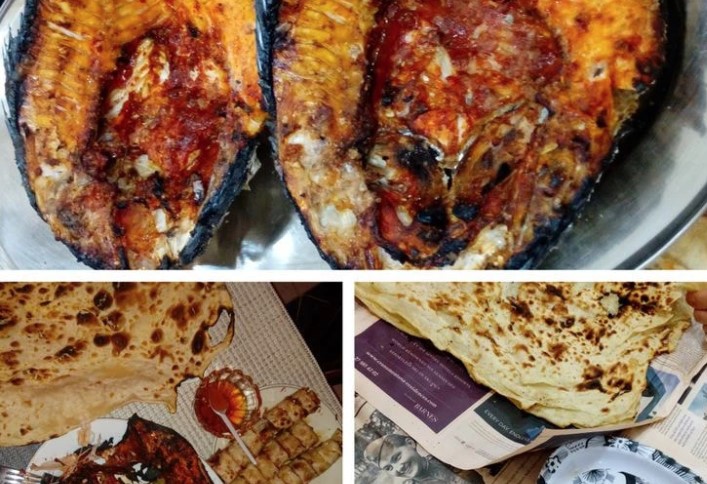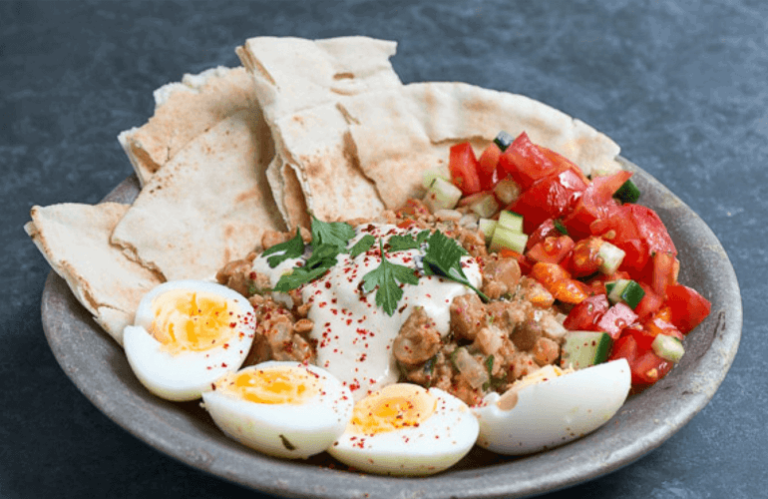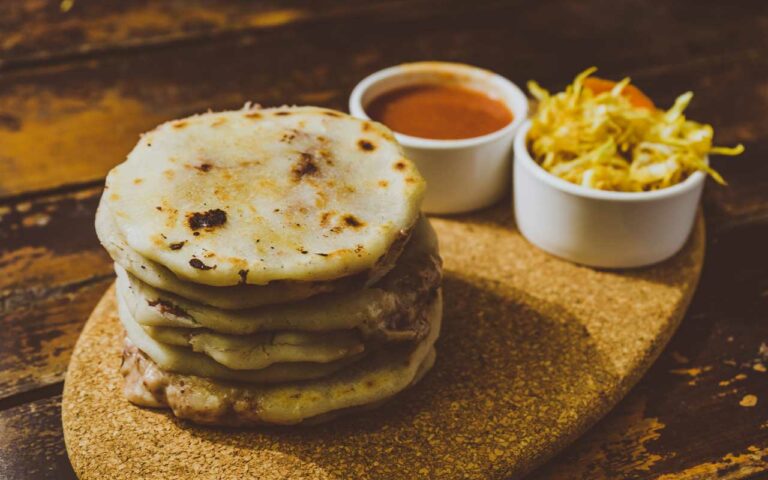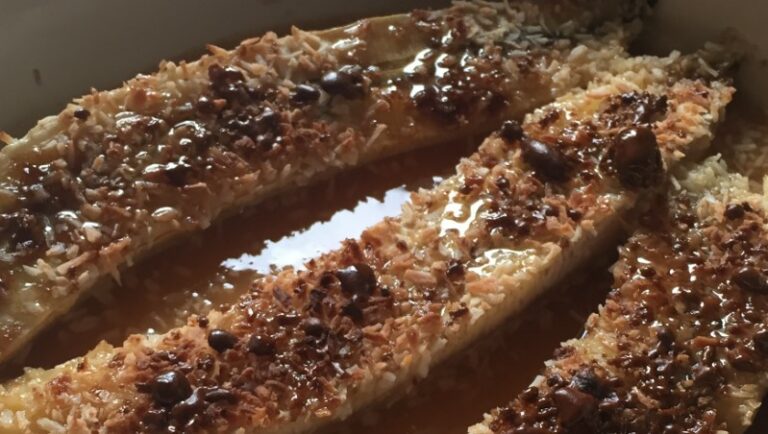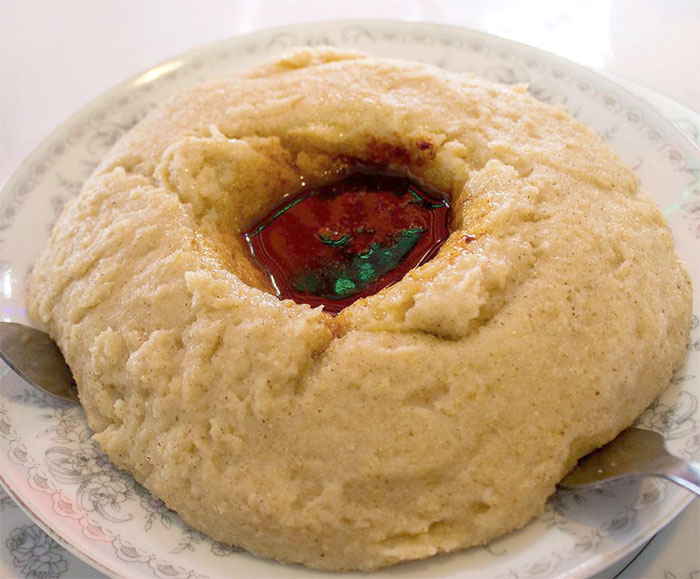Introduction to Djiboutian Cuisine
Djibouti, a small country located in the Horn of Africa, has a unique cuisine influenced by its location and history. Djiboutian cuisine is known for its simplicity, utilizing fresh ingredients to create flavorful dishes. The cuisine consists of a range of dishes including stews, grilled meats, and seafood, and is heavily influenced by the Somali, Afar, and French cultures.
Traditional Djiboutian Dishes
One of the most popular traditional dishes in Djibouti is the Fah-fah. This dish is made with goat meat, served in a spiced broth with vegetables and a side of bread. Another traditional dish is the Skoudehkaris, which is a flavorful rice dish made with lamb, onions, and a variety of spices. The Maraq is another popular dish, a stew made with meat and vegetables, often served with Injera, a traditional flatbread.
Influences on Djiboutian Cuisine
Djiboutian cuisine has been influenced by a range of cultures and countries due to its location on the Red Sea coast and its history as a French colony. The cuisine has been influenced by Somali, Afar, Arab, and French cultures, which is reflected in the use of spices, meats, and cooking techniques.
Unique Spices of Djiboutian Cuisine
Djiboutian cuisine is renowned for its use of unique spices and herbs, which add flavor and aroma to the dishes. Some of the most commonly used spices in Djiboutian cuisine include cumin, coriander, cinnamon, cardamom, and turmeric. These spices are used in stews, curries, and meat dishes to add depth and complexity.
Popular Ingredients Used in Djiboutian Cuisine
The cuisine in Djibouti is characterized by its use of fresh ingredients, including seafood, vegetables, and meats. Lamb, goat, and beef are the most commonly used meats in Djiboutian cuisine, while seafood such as fish, octopus, and lobster are also popular. Vegetables such as tomatoes, onions, and peppers are also widely used in stews and curries.
The Role of Seafood in Djiboutian Cuisine
Due to the country’s location on the Red Sea coast, seafood plays a significant role in Djiboutian cuisine. Fresh fish, octopus, and lobster are commonly used in stews and grilled dishes. One of the most popular seafood dishes in Djibouti is the Fah-fah with fish, a flavorful fish stew served with vegetables and bread.
Exploring Djiboutian Street Food
Street food is an important part of Djiboutian cuisine, with a range of dishes available on the streets of the capital city, Djibouti City. One of the most popular street foods is the Lahoh, a spongy pancake made with flour, water, and yeast, often served with honey or butter. Other popular street foods include grilled meat skewers, samosas, and fried plantains.
Conclusion: Is there a Signature Dish in Djiboutian Cuisine?
While Djibouti has a range of traditional dishes that are popular, there is no one signature dish that defines the cuisine. However, the Fah-fah, Skoudehkaris, and Maraq are all popular dishes that are representative of the flavors and ingredients used in Djiboutian cuisine. The cuisine in Djibouti is diverse, reflecting the country’s cultural and historical influences, and continues to evolve with new culinary influences and trends.

